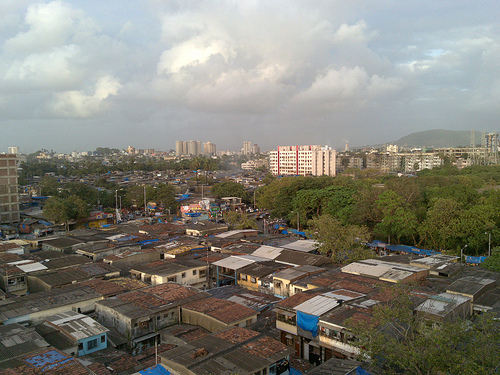![]() photo credit: markhillary
photo credit: markhillary
The slums prevalent in many Indian cities are an evidence of the massive shortage of low cost housing. The census states that 42.6 million people lived in slums in 2001. This constitutes 15 per cent of the total urban population of the country and 22.6 per cent of the urban population of the states or union territories reporting slums.
Why the crisis?
The reason for this crisis is because India has not created housing in proportion to demand. We need to resolve this situation by two-ring strategy
- Government subsidized Economically weaker section housing.
- Drive the creation of Market drive affordable housing
Economically Weak Segment housing
As the statistics reveal, a large part of the demand in housing comes from the lower income segment. Within this segment, there is a need to deliver government subsidized housing for households with less than INR 10,000 monthly income. It would be highly difficult to be able to deliver market driven housing to this segment; even though PPP models can be a good option.
Another important point to note here is that the earlier thinking of accommodating social housing in the outer edges of the city is inappropriate. First of all, most of these families work in the central areas of the city; and adding the cost burden of travelling long distances will make the schemes unattractive if they are in outer periphery of the city. Also, there can’t be segregation of different segments of the society – We have seen the ills of that slant of thinking in many world cities including in Paris , recently , that saw mass rioting in outer edges of the city which only housed poor migrants.
As mentioned previously, the government will need to subsidize the housing for the economically weaker segments of the society with less than INR 8,000 monthly household income. To facilitate the dream of making Indian cities slum free and making affordable housing accessible to every Indian, I propose that the government set aside large parcels of subsidized (or free) land within city limits for social housing. An FSI of 4 should be then given in these areas, which can then be used to produce large units of affordable homes and related community and social facilities. It is important to emphasize that high density development is crucial here. An FSI of 4 will allow us to create approximately 29,000 units per 100 acres whereas an FSI of 1.5 will allow for creation of only 11,000 units. A high- density design will also allow us to create better spaces, amenities and parks on the ground leading to a better urban environment. Also , we should add housing stock not only to fulfil current need but with consideration of future demand.
The creation of these affordable homes needs to be a not- for- profit endeavour. The government should ideally set up an organization or vehicle to facilitate this. The Non-Profit Organization will essentially deliver affordable housing at production cost (construction cost + other services charge ) in our cities that are facing severe housing crisis. We need to develop tools so that the best of the private sector participate in this scheme and deliver a premium product. The market will find it attractive especially due to the scale. There needs to regulative mechanisms to ensure that this housing stock doesn’t eventually end up in the speculative market. Depending on the city – a superior quality high rise construction + infrastructure can be delivered anywhere between INR 1500 to 2000 per square feet. These new schemes will, in essence, be aimed at stimulating a sense of urban renaissance in our cities.
Market-driven affordable Housing:
The market can also be directed to create houses for a family with an average household income of above INR12, 000 per month. To be able to achieve this – It is important to create a regulatory environment where the private enterprise is tempted to get involved in affordable housing development. There is also a need to subsidize land prices towards development focused on social housing. It is also important to set up incentives like offering low-interest loans or giving tax holidays to developers who work in the affordable housing segment. Another idea is to offer subsidized quality housing, funded by the speculative market. In this concept private enterprises that seek to create affordable housing will acquire additional area (extra FSI) for their commercial objectives equal to the area constructed in the social housing program. As a result the additional FSI cross-subsidizes the social housing program.

